
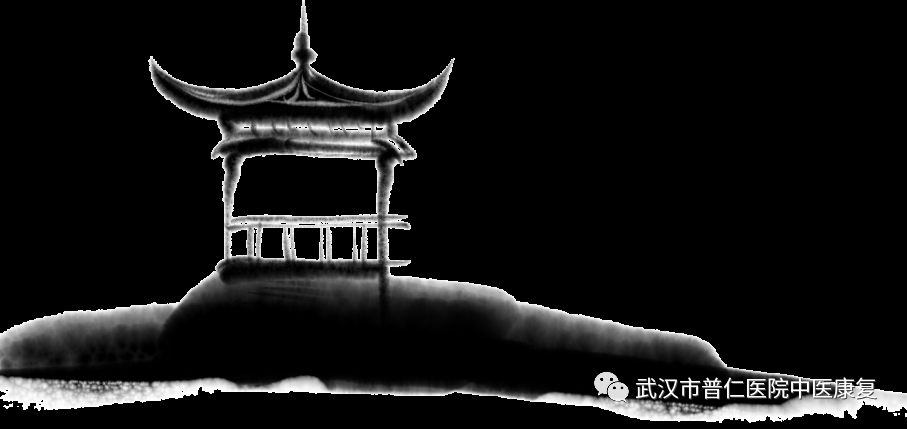

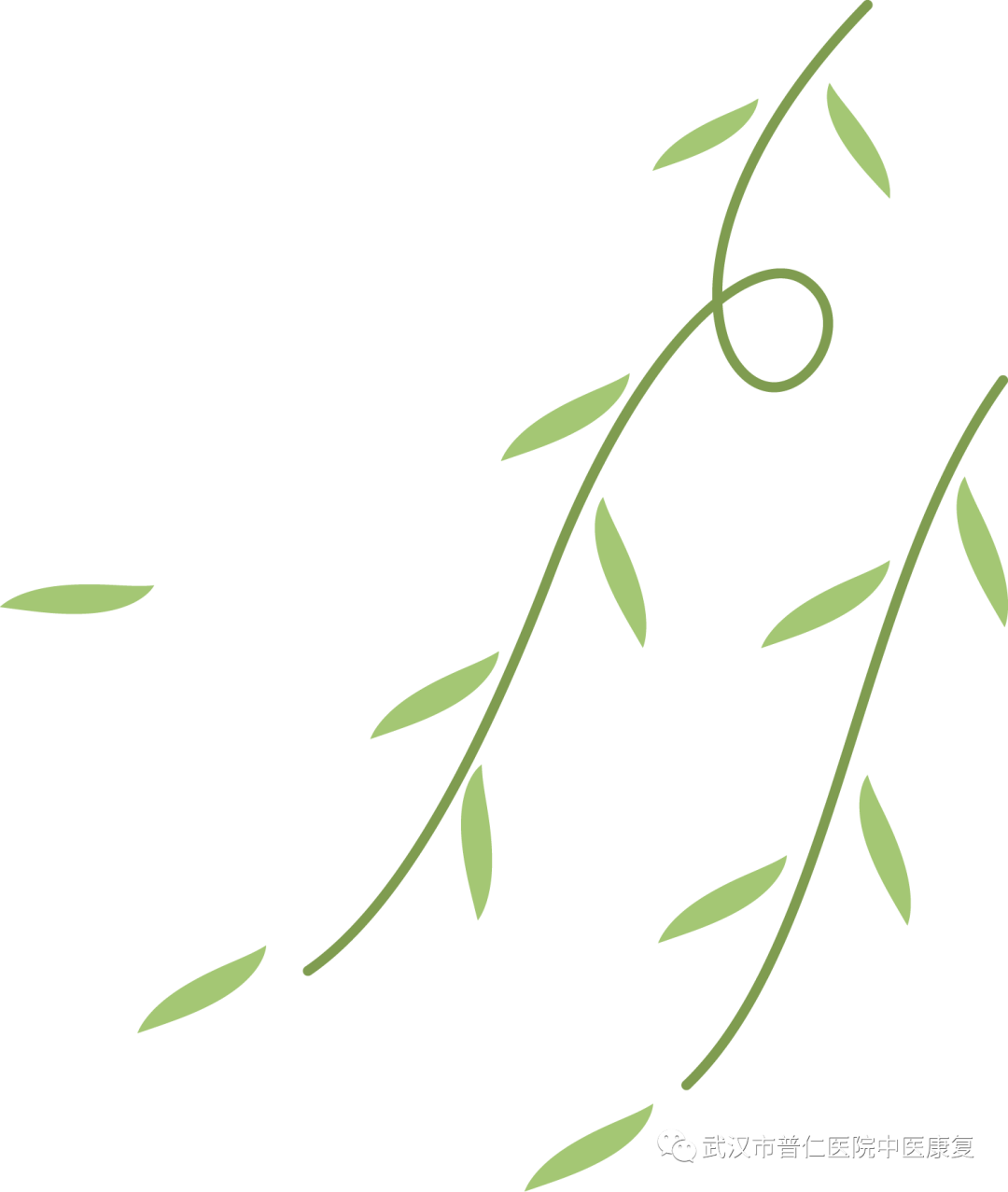

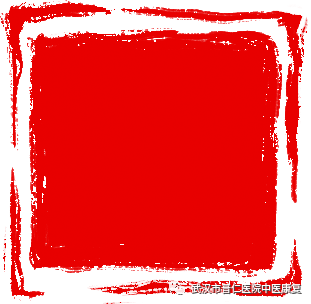
中
药
Understanding Traditional Chinese Medicine Pills!
Pills are well-known to everyone
in pharmacies or hospitals
About 80% of the Chinese patent medicines encountered are pills.
For example, the well-known Liu Wei Di Huang Wan (Six-Ingredient Rehmannia Pill),
Bu Zhong Yi Qi Wan (Tonify the Middle and Augment the Qi Pill), Bao He Wan (Preserve Harmony Pill), etc.
But do you really understand pills?
Pills are made by crushing medicinal substances or preparing extracts from certain herbs, adding suitable binders to form spherical solid dosage forms, thus creating Traditional Chinese Medicine (TCM) pills. Compared to decoctions, pills are absorbed more slowly, have a prolonged effect, save medicinal materials, and are convenient for consumption and transport.
After entering the stomach, the pills dissolve continuously, exerting their pharmacological effects over time. Moreover, pills are small in size, making them easy to carry, store, and consume, suitable for long-term use.
Additionally, some medicinal substances in TCM contain a large number of volatile components, which can be significantly lost during the decoction process, leading to reduced or lost efficacy. For these substances, the use of pills is necessary to preserve their medicinal effects. Besides preserving the properties of volatile medicines, pills also serve to minimize the damage to the body’s vital energy (zheng qi) while treating diseases with potent medicines.
01
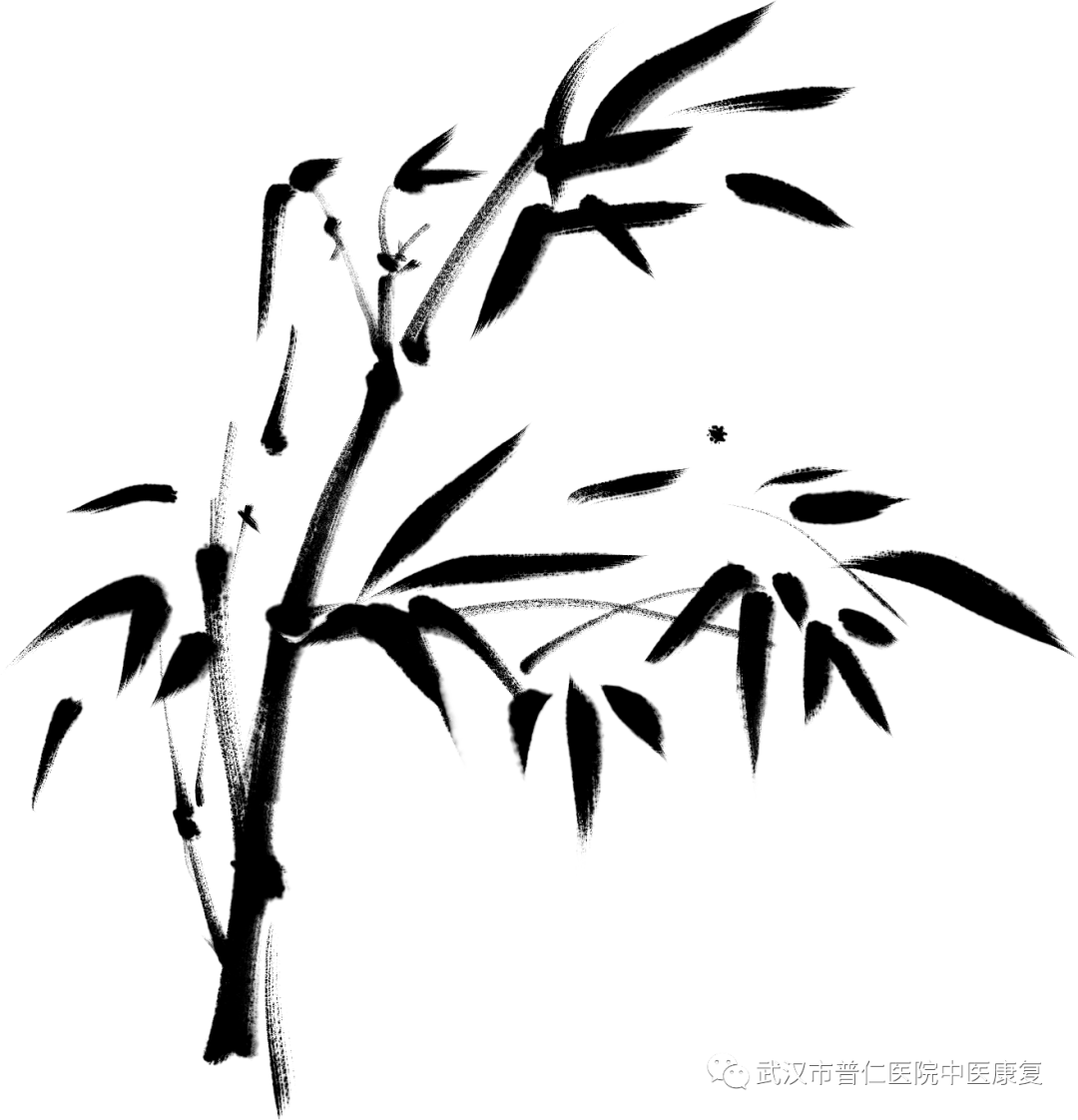
Types of Pills
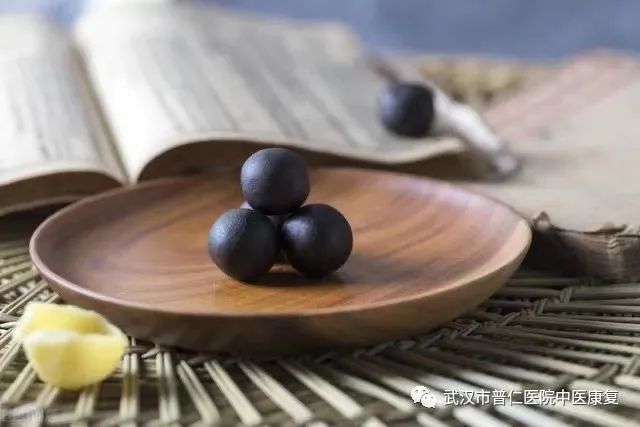
Clinically, pills are classified into different types such as honey pills, water honey pills, water pills, paste pills, wax pills, concentrated pills, and drop pills, based on their preparation methods and excipients. Water pills are easy to dissolve, honey pills are slow-releasing, paste pills are delayed-release, and wax pills are difficult to dissolve. They can be selected for clinical use according to their characteristics.
02

Preparation of Pills
(1) Prescription
The Chinese medicinal herbs are the main component of the pills. After a detailed differential diagnosis through observation, listening, questioning, and pulse-taking, the physician prescribes based on the principles of differentiation and treatment, tailored to the patient’s constitution and condition, providing a unique prescription for each individual.
(2) Ingredients
The Chinese medicinal herbs used must be authentic and of high quality to ensure production quality. TCM pills are pure herbal formulations, with only a few auxiliary materials, such as honey, added, without any other components.
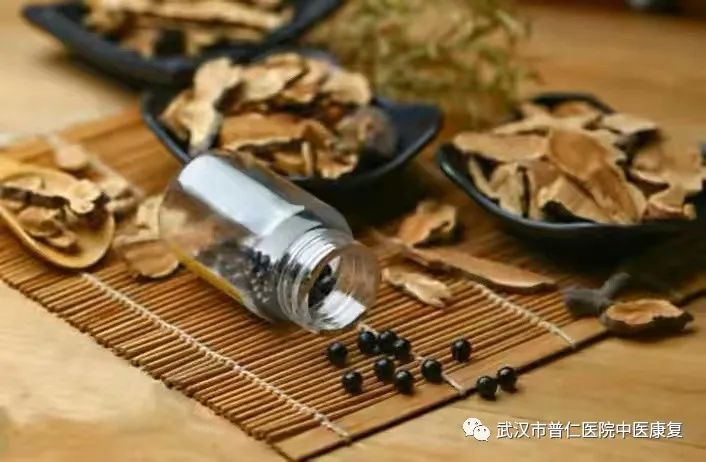
(3) Grinding
After processing and ensuring the quality of each herb in the prescription, they are crushed and passed through a 100-mesh sieve for later use.
(4) Mixing
The powdered herbs are mixed evenly, similar to kneading dough, and finally formed into a medicinal mass.
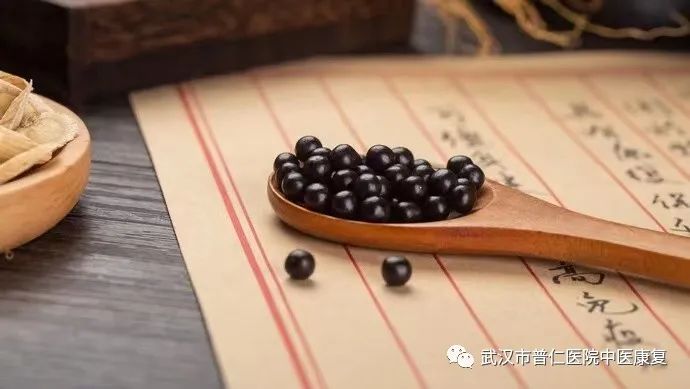
(5) Rolling and Shaping
The mixed medicinal mass is rolled into strips, cut into sections according to the marked scale on the board, and each section is rolled into a pill.
(6) Drying and Packaging
The finished pills should be dried promptly.
·END·

Consultation Phone: 027-86360143
